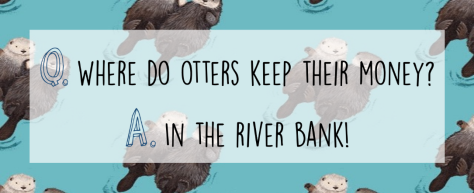Diving. It looks so good, and costs so bad. If you’ve ever dreamed of being surrounded by colourful fishes and accidentally kicking corals (a painful memory of mine), but have been unable to for whatever reason, you still have the next best thing: a $20 video game on the Playstation 4, Microsoft Windows and Xbox One. A simple image search of the game will flood you with the happy chaos and bright colours of a thriving ocean – and you haven’t even played it yet. Players experience diving freely through pristine waters, unencumbered by oxygen tanks and ear-popping pressure. You can explore caves and swim through seagrass. You can – yes – grab hold of a dolphin and let it take you on a ride, all while the joyful calls of its pod surround you.

Released in 2016 by developer Giant Squid, Abzû is hailed for its awe-inspiring beauty and breath-taking soundtrack, but it’s not just another pretty game for virtual tourism. It carries a message. A game like that, at a time like this, when human society is struggling to catch up with its own waste and consumption, when the environment is at breaking point, couldn’t not. Anyone who reads the news – who lives on earth – would notice the lack of trash bobbing in the water, the missing smokestacks on the horizon, and they’d get to experience what marine life would be like without human influence. That is, briefly – the game has a story to tell.
Without spoiling too much, Abzû is adamant about our duty to preserve and return life back to the oceans. But it doesn’t execute this message through guilt and blame in the way many environmental news articles and stories (deliberately or not) do. So few of us now have the privilege of meeting nature face to face, and that affects the way we see ourselves in relation to the environment. There’s no denying the awkwardness in trying to get a city dweller to care about some blue whale a million miles away that they’ve never seen. Abzû gives you a chance to fall in love with the ocean. The game features species of marine creatures from real life, telling us the names of each animal as we swim alongside it. The profound intimacy that the player gets is beyond statistics and reports and academic journals. It’s emotional.

https://www.trustedreviews.com/reviews/abzu
Another aspect of the game that many environmentalists will appreciate is its rejection of anthropocentrism – seeing humans as the centre of the world. Neither does it swing in the other extreme. There’s a deliberate emphasis on togetherness, on the harmony between creatures that vary as dramatically as each colour of the rainbow. And that diversity includes our four-limbed, finless protagonist. At the same time, the player is constantly reminded of their staggering insignificance compared to the leviathans of the deep. Some have raised the player’s lack of control over the game as a flaw (the gameplay mechanisms are simple and repetitive), but maybe it’s the perfect metaphor for our relationship with nature. As the protagonist dives alongside a whale, looking into its eye that’s as big as her torso, it’s difficult not to think about how tiny she is. Her speed of travel underwater is frustratingly slow compared to all the marine creatures gliding effortlessly past. When she grabs hold of a fish to ride it, she goes faster, but loses all control over her direction. This all contributes to the timely reminder that we’re small, but not alone.
Whether you enter this game as an environmentalist, a marine expert or somebody who’s never been to the ocean, the story and experience are one of a kind, so don’t let anyone’s solemn analysis of its real-life relevance stop you from picking it up. That said, I highly doubt that anyone could complete this game and go on without having an extra tenderness for the ocean in their heart. Everyone’s tired of hearing and reading about environmentalism. It’s time they felt it.
Watch the official trailer here.
Source: I played the game and it was incredible.





 A sperm whale recovered by the Lee Kong Chien Natural History Museum. Photos by (clockwise from left): Marcus Chua, Becky Lee, & Letchumi Mani
A sperm whale recovered by the Lee Kong Chien Natural History Museum. Photos by (clockwise from left): Marcus Chua, Becky Lee, & Letchumi Mani
 Jubilee whale fund logo by the Lee Kong Chien Natural History Museum
Jubilee whale fund logo by the Lee Kong Chien Natural History Museum